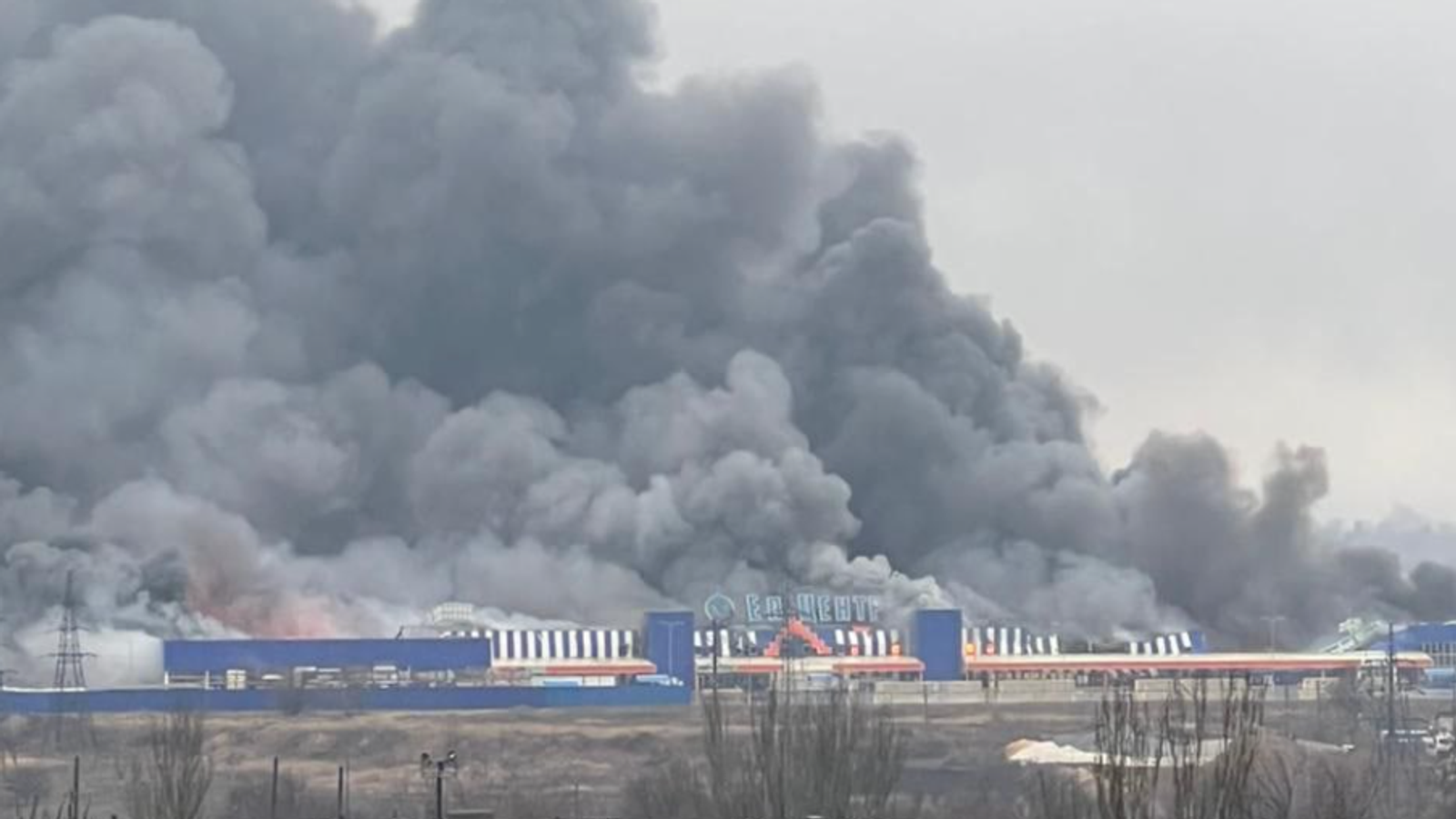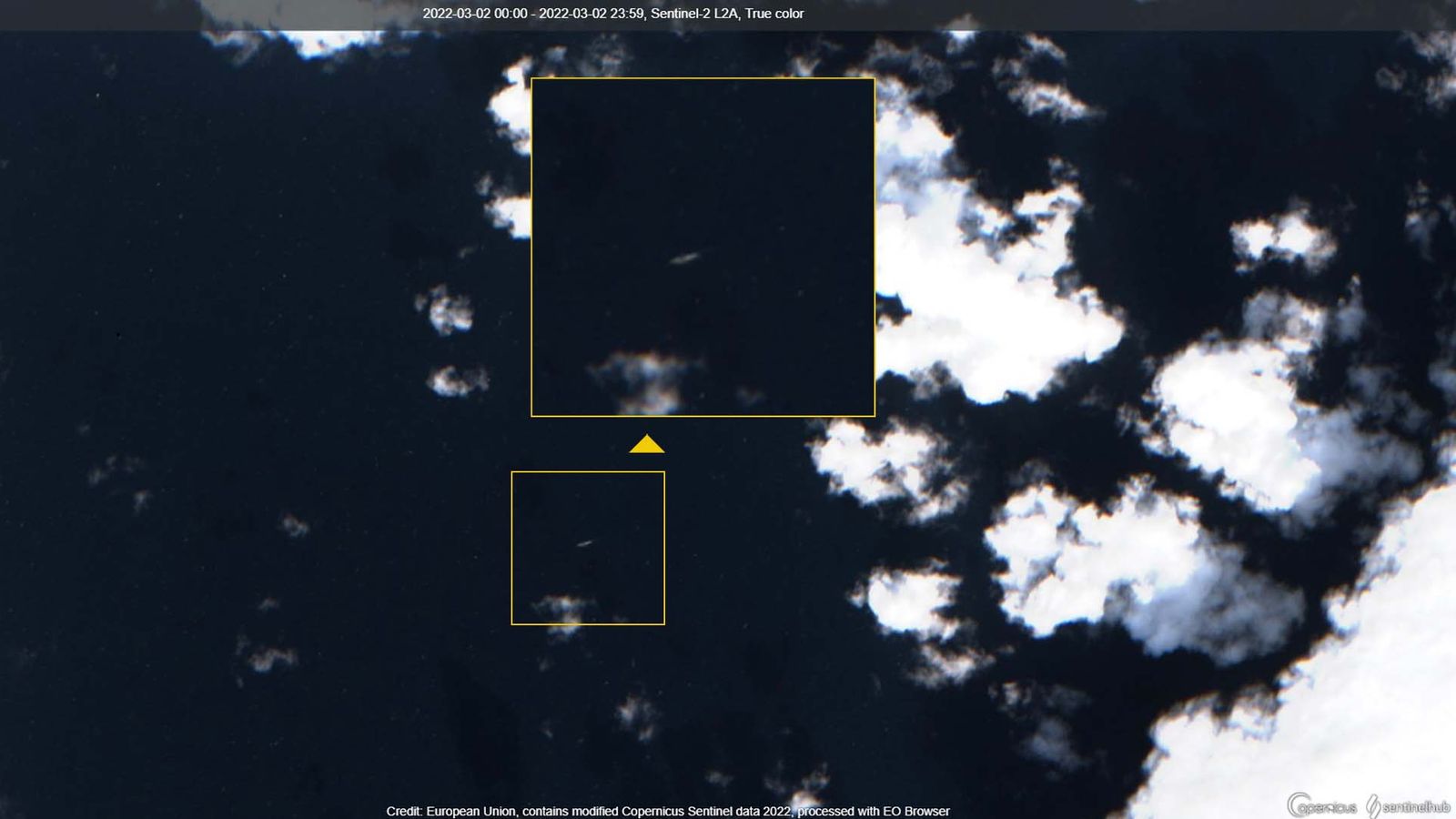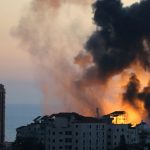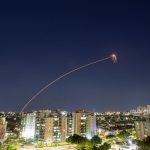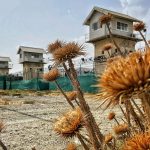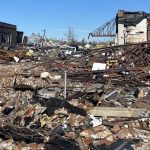Day eight of Russia’s invasion has seen continued shelling of major cities, with Mariupol in the southeast coming under particularly heavy fire after being surrounded by Russian forces.
Kyiv and Kharkiv have also been hit by artillery attacks in the last 24 hours, while the Ukrainian emergency services declared that at least 22 people have been killed in the northern city of Chernihiv after airstrikes hit two schools.
The map below shows some of the cities that have been shelled today and those where air raid warnings were issued overnight.
Ukraine-Russia news live – latest updates as 22 killed in Chernihiv ‘airstrike’
The big picture is that two major fronts have opened up in the war in Ukraine, in the north and the south, in what General Sir Richard Barrons, former commander of the Joint Forces Command, calls “separate but synchronised operations”.
In the south the Russians have opened a land corridor between Crimea and the Russian border in the east, encircling the city of Mariupol, home to almost 450,000 people, in the process.
Here’s where we were yesterday.
In red we can see the areas where Russia were in control, according to the Institute for the Study of War. In blue are the areas where they claimed control.
Kherson, a key port city to the west of Crimea, fell last night after a week-long battle according to the mayor there.
The Ukrainian army have disputed that but it does appear to be in Russian hands.
Here’s what the map looks like today.
The most important change is in Mariupol, the key port city east of Crimea. The city is now entirely surrounded and by all accounts the attack there has been brutal.
The council said the city was without water, heat or power after Russian attacks targeted civilian infrastructure.
Here’s the aftermath of a missile attack on a supermarket in the city.
The city is particularly important because it’s an obstacle to the “land-bridge” Russia is trying to create between Crimea, Donetsk and Luhansk.
Defence expert Michael Clarke says Russia will move west if they secure Mariupol, towards Odessa.
“If that is successful, Russia will have separated Ukraine from the sea, which is a crippling blow to the economy.”
There hasn’t yet been a full-scale attack on Odessa, a popular tourist city of more than 1 million people.
However, analysts looking at this satellite image have identified a Russian warship sailing near to the coast there.
There were also ships spotted today off the coast of Crimea. Naval experts have suggested that five of the ships could be designed for beach landings.
Once Russia has secured the whole south and cut off Ukraine’s access to the sea, defence experts say their next step will be to advance up the path of the Dnieper river to try and unite with forces in the north.
To the north, in the capital Kyiv today there were reports of four airstrikes in or near the city, one of which is believed to have struck close to one of the main train stations.
Just outside the city to the northwest there’s less information coming through about the large Russian convoy of vehicles first spotted on Tuesday which snaked across 40 miles of roads north from Hostomel airport.
The UK ministry of defence reported today that the convoy has moved little in recent days, after being beset by breakdowns and Ukrainian attacks.
The missile strike that reportedly hit close to Kyiv-Pasazhyrskyi station was particularly troubling, given the number of people leaving Kyiv through this station.
New figures released this morning show that more than one million people have fled Ukraine to neighbouring countries.
UN High Commissioner for Refugees Filippo Grandi said, “I have worked in refugee emergencies for almost 40 years, and rarely have I seen an exodus as rapid as this one.”
Romanian authorities told Sky News more than 150,000 people had crossed into Romania alone from Ukraine since the war began.
There have been calls for humanitarian corridors to be set up within Ukraine to help civilians affected by the war.
But while this might be possible in the west of the country, Professor Michael Clarke says the Russians would need to agree for aid to reach the east of the country, which he thinks is unlikely.
“At the moment the Russians are using civilians as part of their weapon of war. I’m not sure they would agree to anything until they feel they are about to win and occupy all the cities in the country.”
The Data and Forensics team is a multi-skilled unit dedicated to providing transparent journalism from Sky News. We gather, analyse and visualise data to tell data-driven stories. We combine traditional reporting skills with advanced analysis of satellite images, social media and other open source information. Through multimedia storytelling we aim to better explain the world while also showing how our journalism is done.

